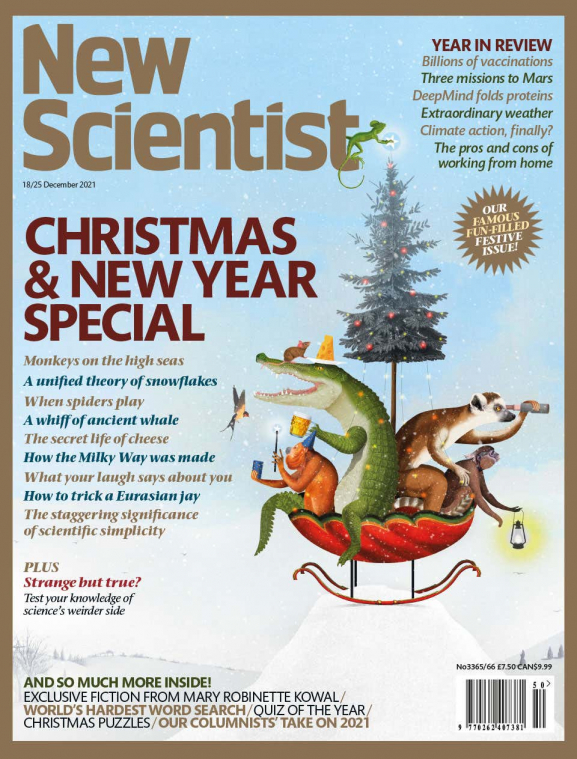 HKU Department of Earth Science
HKU Department of Earth Science
News

Research featured in New Scientist’s Review of 2021
Applied Earth Sciences | December 20, 2021
Some “biogeography” research that in May of this year was published in a specialist journal has just been featured in the New Scientist magazine’s review of the year (Issue 3365, 18 December 2021). The original study, which was carried out by the DES’s Dr Jason Ali, together with Profs Uwe Fritz (Dresden, Germany) and Mario Vargas-Ramirez (Bogota, Colombia), added a key piece to the puzzle on how in the past terrestrial animals crossed vast expanses of ocean to colonize new lands (e.g. lemurs from mainland Africa to Madagascar; monkeys and rodents from Central Africa/West Africa to South America). The evidence points to them being transported over on vegetation mats several tens to a hundred or so metres in diameter (they didn’t walk over on now-sunken land-bridges). The work reported by Ali et al. documented a free-floating raft within a major river system in northern Colombia. Crucially, a troop of howler monkeys were found on upright trees 10–12 m in height that were growing out of the “vessel”. Notably, the topic provided the theme for the magazine’s festive Christmas-New Year cover - see above.
